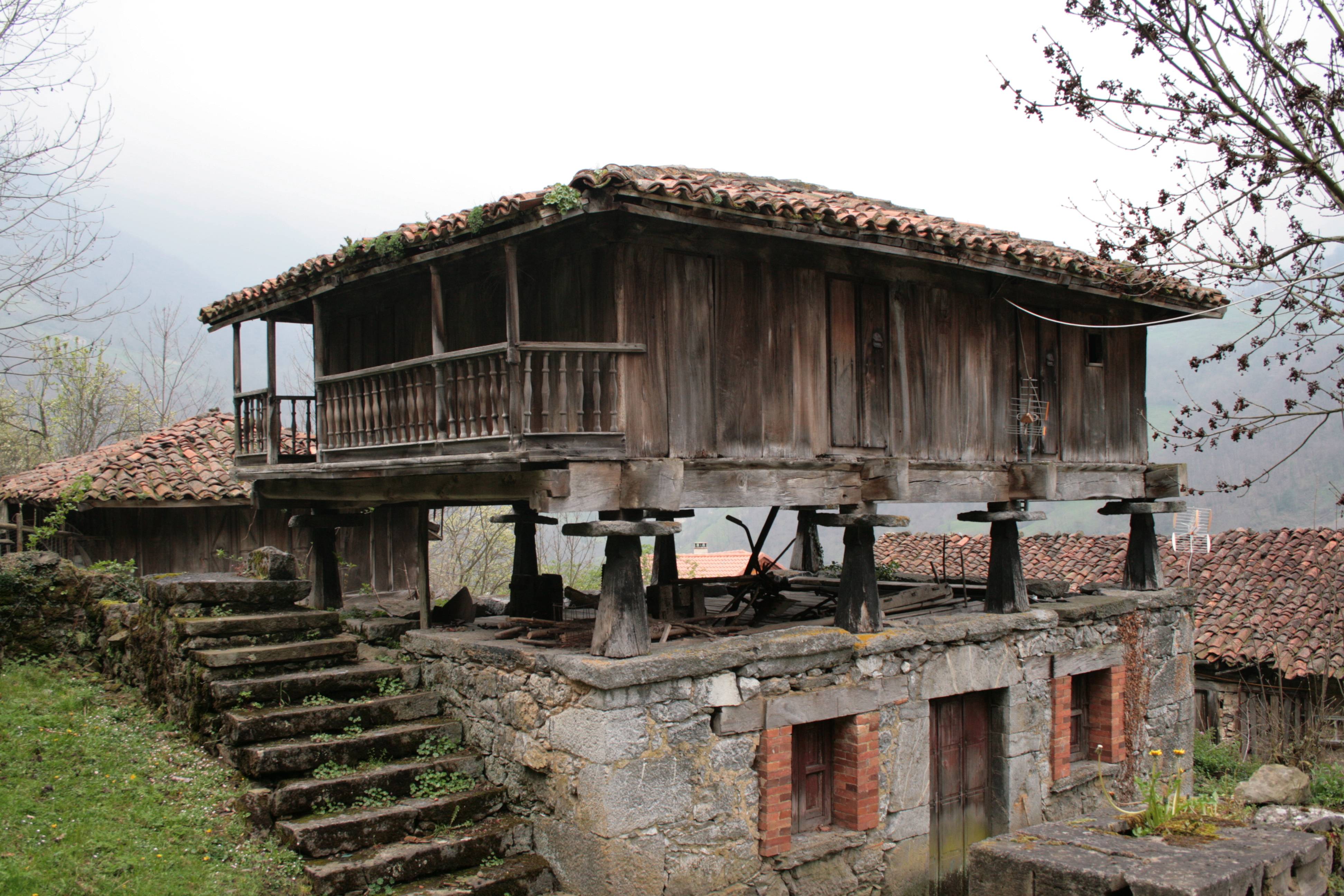Lena, Asturias on:
[Wikipedia]
[Google]
[Amazon]
Lena ( Asturian: ''Ḷḷena'' ) is a


municipality
A municipality is usually a single administrative division having corporate status and powers of self-government or jurisdiction as granted by national and regional laws to which it is subordinate.
The term ''municipality'' may also mean the go ...
in the Autonomous Community
eu, autonomia erkidegoa
ca, comunitat autònoma
gl, comunidade autónoma
oc, comunautat autonòma
an, comunidat autonoma
ast, comunidá autónoma
, alt_name =
, map =
, category = Autonomous administra ...
of the Principality of Asturias
Asturias (, ; ast, Asturies ), officially the Principality of Asturias ( es, Principado de Asturias; ast, Principáu d'Asturies; Galician-Asturian: ''Principao d'Asturias''), is an autonomous community in northwest Spain.
It is coextensive ...
, Spain. It has a population of 12.000 inhabitants, while 9,200 of them live in the capital, Pola de Lena.
Parishes

Main sights
*Pre-Romanesque
Pre-Romanesque art and architecture is the period in European art from either the emergence of the Merovingian kingdom in about 500 AD or from the Carolingian Renaissance in the late 8th century, to the beginning of the 11th century Romanesqu ...
church of Santa Cristina de Lena
St Christine of Lena ( es, Santa Cristina de Lena) is a Roman Catholic Asturian pre-Romanesque church located in the Lena municipality, about 25 km south of Oviedo, Spain, on an old Roman road that joined the lands of the plateau with Ast ...
. In 1985 it was included in the UNESCO World Heritage List
A World Heritage Site is a landmark or area with legal protection by an international convention administered by the United Nations Educational, Scientific and Cultural Organization (UNESCO). World Heritage Sites are designated by UNESCO for h ...
.
*Mosaic of Vega de Ciego, discovered in 1921. It was probably from a Roman villa
A Roman villa was typically a farmhouse or country house built in the Roman Republic and the Roman Empire, sometimes reaching extravagant proportions.
Typology and distribution
Pliny the Elder (23–79 AD) distinguished two kinds of villas n ...
, and is now in the Archaeological Museum of Asturias
The Archaeological Museum of Asturias (Spanish: Museo Arqueológico de Asturias; Asturian: Muséu Arqueolóxicu d'Asturies) is housed in the 16th century Benedictine monastery of Saint Vicente in Oviedo, Asturias, Spain. Its findings include ...
*''El Hospitalón'' (16th century)
*Baroque ''Palacio de Faes'', at Carabanzo
References
Municipalities in Asturias * {{asturias-geo-stub